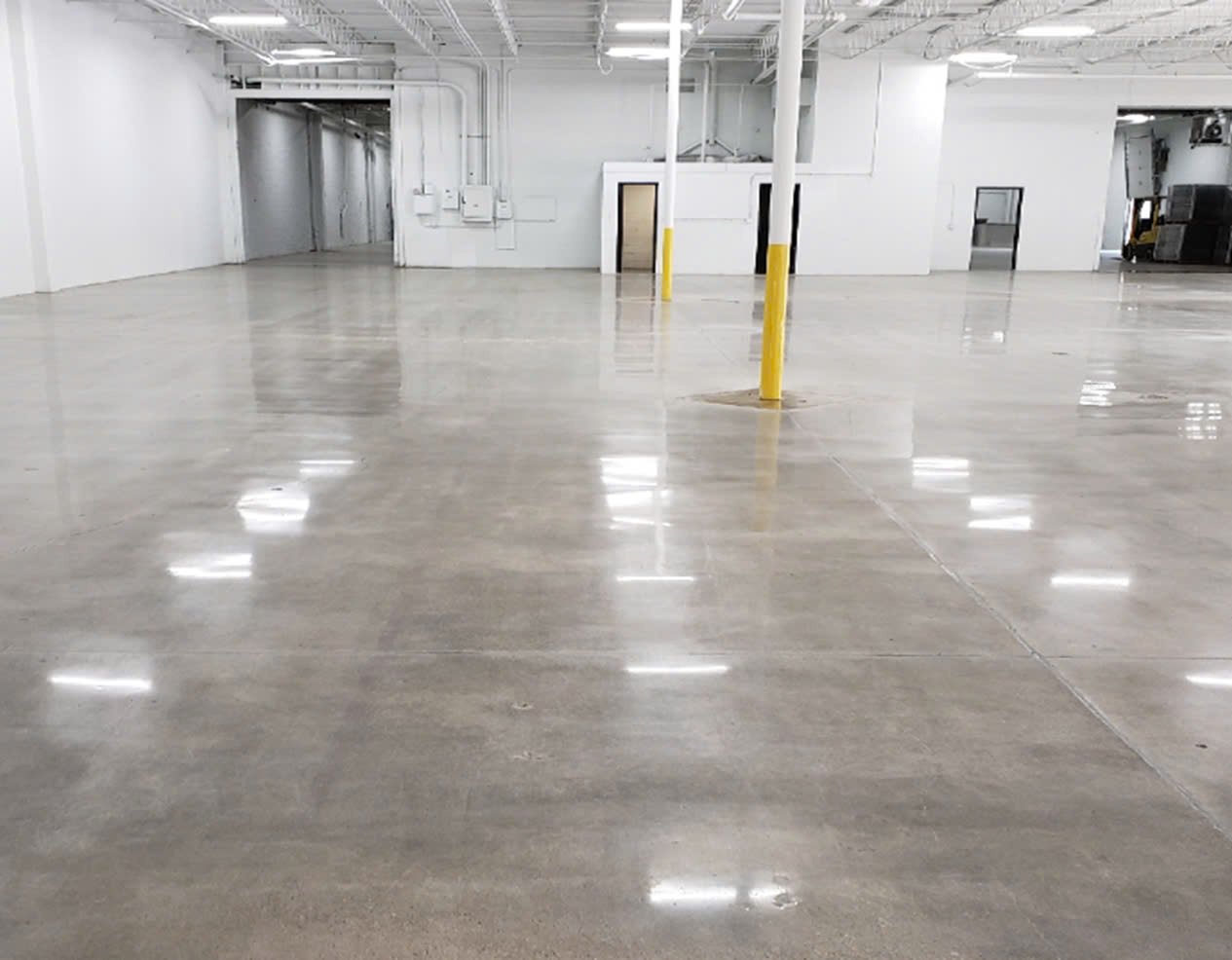Remove Green Deposits on Concrete in Your Home with Those 4 Easy Steps
Eliminate green deposits on concrete effortlessly with these 4 easy steps. Keep your home's surfaces clean and fresh with simple, effective cleaning techniques.
Concrete surfaces are a staple in many homes, commonly used for garden pathways or patio flooring. While they are durable and long-lasting, they can become discolored and unsightly due to the buildup of green deposits like algae, moss, and mold. These deposits not only detract from the beauty of your concrete but also create slippery surfaces, posing a safety hazard. To keep your concrete looking pristine and safe, it’s essential to address these green deposits promptly. With the right approach, cleaning doesn’t have to be a daunting task. The following four simple steps will guide you through removing green deposits effectively, restoring your concrete surfaces to their former glory while maintaining a safe and attractive outdoor environment. By following these steps, you’ll ensure your concrete remains both functional and aesthetically pleasing for years to come.
Prepare the Area
The first step on how to stop concrete going green due to green deposits is to prepare the area. If the concrete surface you’re cleaning is in a busy area like a patio garden, it’s essential to clear the space before you start. Move furniture, flowerpots, and any other items that might obstruct your work. These objects can make it difficult to access every part of the surface and may prolong the cleaning process. By clearing the area, you create a clutter-free workspace, allowing you to remove green deposits more efficiently and effectively. Additionally, this step helps protect your belongings from potential damage or staining during the cleaning process. Taking the time to prepare the area ensures a smoother workflow and better results, making it easier to restore your concrete to a clean, safe, and aesthetically pleasing state. Once the job is done, you can reposition your items on a refreshed, spotless surface, enhancing the overall look and feel of your space.
Apply a Cleaning Solution
Once the area is cleared, the next step is to apply a cleaning solution to tackle green deposits like algae, mold, or moss. While a mixture of vinegar and water or bleach and water can work, a commercial algae remover is the most effective option. These specialized products are clinically tested and proven to efficiently eliminate stubborn green growth, ensuring thorough cleaning. To apply the solution, transfer it into a spray bottle for easy application and generously spray it over the affected concrete surface. Allow the solution to sit for 15-30 minutes, giving it time to break down and loosen the green deposits. This step is crucial as it softens the buildup, making it easier to remove during the cleaning process. Using a commercial algae remover not only simplifies the task but also ensures lasting results, leaving your concrete clean and free from unsightly green patches.
Scrub the surface
Once the cleaning solution has loosened the green deposits, the next crucial step is to scrub the surface thoroughly. For this task, a stiff-bristled brush is your best tool. Begin scrubbing the affected area with firm, steady strokes, applying additional pressure as needed to tackle particularly stubborn deposits. The stiff bristles are effective in breaking down and lifting algae, moss, and mold from the concrete surface without causing damage. Depending on the severity of the buildup, you might need to focus on certain spots a bit longer to ensure a thorough clean. This scrubbing process not only removes the green deposits but also restores the original appearance of the concrete, leaving it clean and safe. With persistence and the right technique, you’ll achieve a surface that looks refreshed and is free from slippery, unsightly growth.
Rinse and dry
After lifting all the green deposits, the final step is to rinse and dry the concrete surface thoroughly. Use clean water to wash away any remaining cleaning solution and loosened debris. A pressure washer can be incredibly helpful for this task, but it’s wise to start with a lower pressure setting to avoid causing damage to the concrete. If stubborn debris persists, gradually increase the pressure until the surface is completely clean. Take care to ensure all traces of the cleaning solution are removed, as leftover residue can attract dirt or cause streaks over time. Once rinsed, allow the concrete to air dry or use a mop or towel to speed up the process in shaded areas. This careful finishing step not only restores the concrete’s natural appearance but also ensures it remains safe, clean, and visually appealing for your outdoor spaces.






